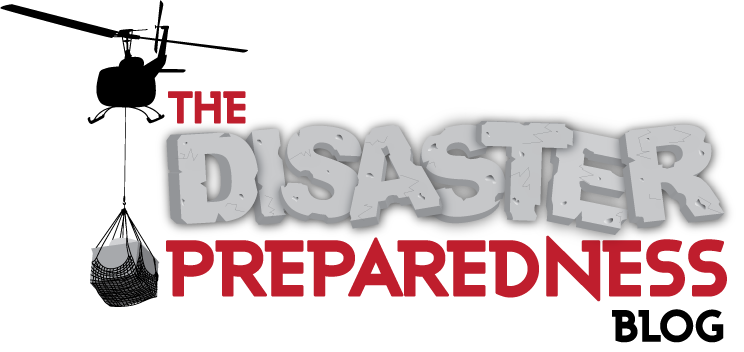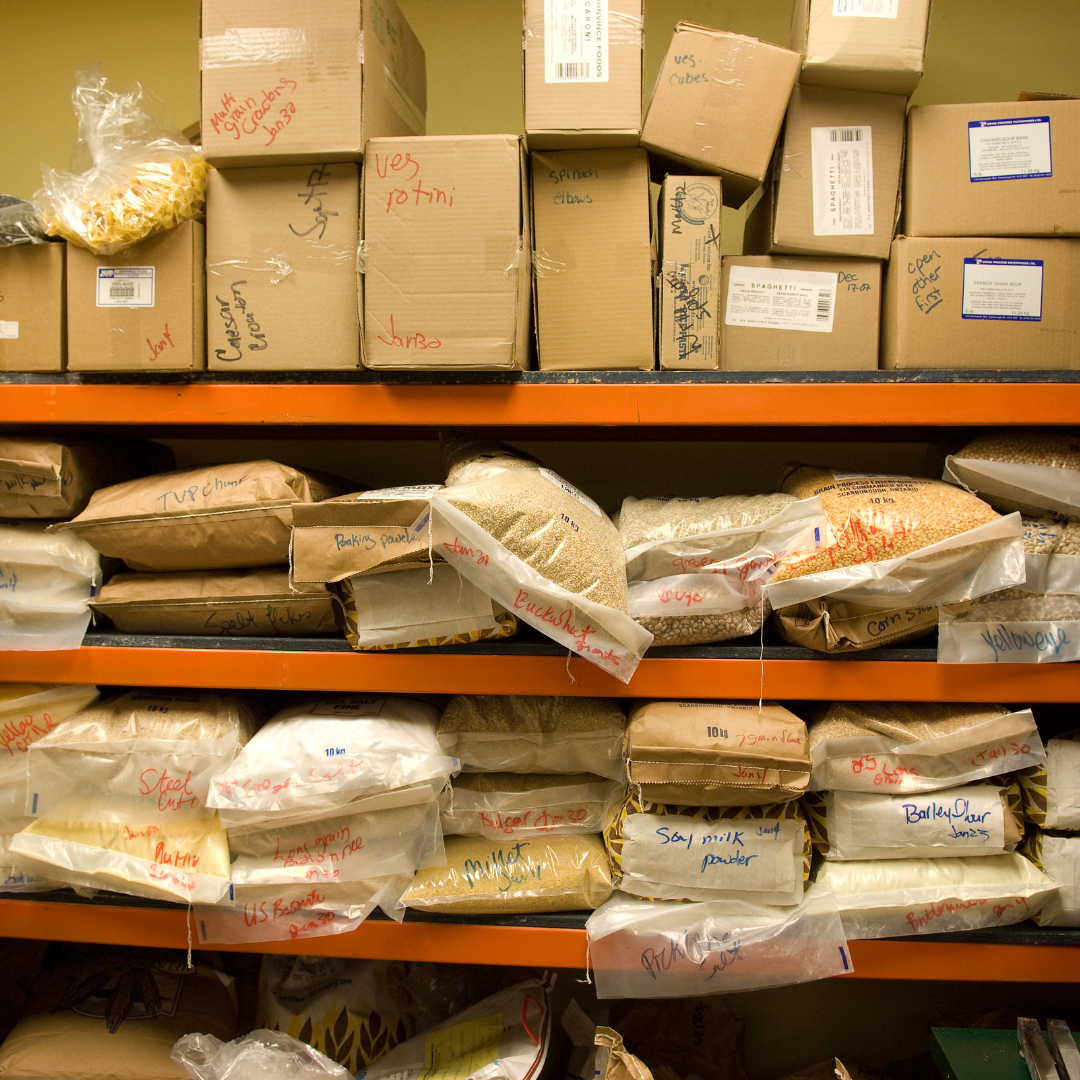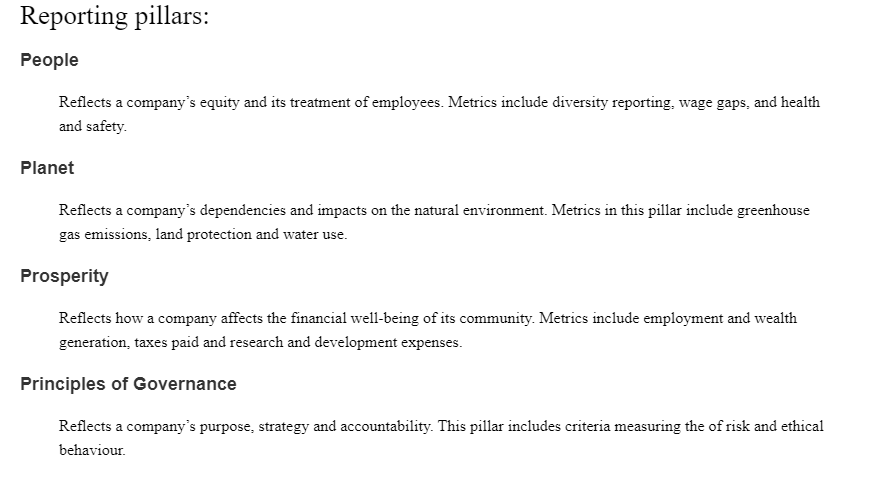Disaster Tip of The Week: How to Prepare Your Pets for Emergencies
 Monday, July 14, 2025 at 2:00AM | |
Monday, July 14, 2025 at 2:00AM | |  Email Article
Email Article 
Pets are more than just animals. They’re family. When a disaster like a hurricane, earthquake, or wildfire strikes, ensuring their safety is as critical as protecting the other members of your family as well as your own life. In 2024, the U.S. saw 15 natural disasters costing over $1 billion each, displacing countless families and their pets. At Disaster Preparedness Blog, we believe preparation is power. This guide provides essential advice for pet owners, from building a pet emergency kit to crafting evacuation plans, navigating shelter policies, and addressing the unique needs of service animals. With these steps, you’ll be ready to keep your furry, feathered, or scaled companions safe when the unexpected strikes.
Why Pet Preparedness Matters
Disasters can disrupt access to food, water, shelter and veterinary care, leaving pets vulnerable. Pets left behind face risks like injury, starvation, or getting lost, hazards amplified by altered environments where familiar scents and landmarks vanish. Service animals, vital for people with disabilities, require special attention to ensure they can continue their roles. A solid plan reduces stress for both you and your pets, ensuring no one is left behind. The American Red Cross emphasizes that if it’s not safe for you to stay during a disaster, it’s not safe for your pets either.
Build a Pet Emergency Kit
A well-stocked emergency kit is the cornerstone of pet preparedness. Keep two kits: a comprehensive one for sheltering in place and a lightweight version for evacuation. Store items in a sturdy, waterproof container like a duffel bag or plastic bin for easy transport. According to Ready.gov, regularly check kits to ensure food and medications stay fresh
Here’s what to include:
Food and Water: At least five days’ supply of pet food in airtight containers and one gallon of water per pet per day. Include bowls and a manual can opener for canned food.
Medications and Records: A two-week supply of any medications, stored in a waterproof container, along with copies of medical records, vaccination history, and your vet’s contact information.
Identification: Collars with up-to-date ID tags, including your name and phone number. Microchip your pet and ensure the registry has current contact details.
Comfort Items: Familiar toys, treats, or bedding to reduce stress. A photo of you with your pet can help prove ownership if you’re separated.
Sanitation Supplies: Cat litter, a litter pan, poop bags, newspapers, and cleaning supplies to maintain hygiene.
First Aid Kit: Gauze, nonstick tape, antibiotic ointment, tweezers, styptic powder, and activated charcoal for poison exposure. A pet first aid book is a smart addition.
Carriers and Leashes: Sturdy leashes, harnesses, or carriers to transport pets safely and prevent escapes.
For service animals:
Include any specialized equipment (e.g., harnesses) and documentation of their role to ensure access to shelters. The CDC recommends tailoring kits to your pet’s unique needs, such as extra water for large dogs or specific supplies for exotic pets.
Craft an Evacuation Plan
Evacuation can be chaotic, but a clear plan and a pre-built evacuation kit keeps you and your pets safe and ready.
Follow these steps:
Practice Drills: Train pets to enter carriers calmly and practice loading them into your car. Familiarity reduces stress during real emergencies.
Know Your Pets’ Hiding Spots: Cats often hide under furniture or in tight spaces when scared. Knowing their go-to spots saves time.
Map Evacuation Routes: Plan primary and secondary routes to pet-friendly destinations. Ensure you have enough vehicles or trailers for larger animals like horses.
Designate a Buddy System: Arrange for a trusted neighbor or friend to evacuate your pets if you’re not home. Provide them with a key, your pet’s routine, and kit location.
Prepare for Behavior Changes: Disasters can make pets aggressive or defensive. Keep them leashed or crated to prevent escapes or injuries.
The ASPCA advises never leaving pets behind, as they may face life-threatening hazards. If you must leave and can’t find your pet, leave an escape route like an open window to increase their survival odds.
Navigating Emergency Shelters
Shelter policies for pets vary, so planning ahead is crucial.
Here’s what you need to know:
Pet-Friendly Shelters: Some communities, like Miami-Dade County, operate pet-friendly evacuation centers that accept domestic pets like dogs, cats, and small animals. These shelters often limit the number of pets (e.g., four per person) and require owners to bring supplies like food, carriers, and leashes [Miami-Dade County](https://www.miamidade.gov/global/animals/pet-preparedness.page). Contact your local emergency management agency to find pet-friendly options.
Shelters That Don’t Accept Pets: Many traditional shelters, such as those run by the American Red Cross, do not allow pets due to health and safety concerns, including allergies, sanitation, and disease risks like rabies or leptospirosis. However, service animals that assist people with disabilities are permitted under federal law.
Alternative Options: Identify pet-friendly hotels, motels, or boarding facilities outside your area. Chains like La Quinta, Motel 6, and Kimpton often accept pets, though restrictions may apply. Ask if “no pet” policies can be waived in emergencies. Friends, relatives, or local animal shelters may also provide temporary care, though shelters may be overwhelmed post-disaster.
Shelter Safety Tips: At pet-friendly shelters, keep pets crated or leashed to avoid conflicts. Provide proof of rabies vaccination, as many facilities require it. Wash hands after handling pets or their waste to prevent zoonotic diseases, and treat pets for fleas and ticks to maintain hygiene.
For service animals, ensure they have proper identification and documentation to avoid delays at shelters. The ADA guarantees their access to all public shelters, but having records handy streamlines the process.
Special Considerations for Service Animals
Service animals, trained to assist individuals with disabilities, require unique preparations:
Documentation: Carry proof of their service status, such as a letter from a healthcare provider or training certification, to ensure shelter access. If you can, have copies of documentation to put into your pet evacuation kit so you don’t need to scramble searching for it during an emergency.
Supplies: Include their specific gear (e.g., guide harnesses) and extra food or medications in your kit. Service animals may need to work under stress, so prioritize their health.
Training: Practice commands in chaotic settings to ensure they remain focused during emergencies.
Advocacy: If a shelter denies entry, calmly explain that service animals are protected under the ADA, distinct from emotional support animals, which may not be allowed.
Additional Tips for All Pets
Microchip and ID: Microchips significantly increase the odds of reuniting with lost pets. Ensure tags are legible and include an emergency contact outside your area.
Rescue Stickers: Place ASPCA rescue alert stickers on your front door, listing the number and types of pets inside. Write “EVACUATED” on them if you leave with your pets.
Post-Disaster Care: After a disaster, keep pets leashed or crated outdoors—debris, chemicals, or wildlife pose risks. Monitor pets for signs of stress or illness and consult a vet if needed.
Act Now to Protect Your Pets
Your pets depend on you to keep them safe, and disasters don’t wait for last-minute plans. Start today: assemble a pet emergency kit, map out evacuation routes, and research pet-friendly shelters. For service animals, ensure documentation and supplies are ready. A prepared pet owner is a confident one, ready to face any crisis with their companions by their side. Visit our guides on building an emergency kit or creating a family meeting points for more ways to stay ready. Don’t delay—your pets’ safety starts with you.










